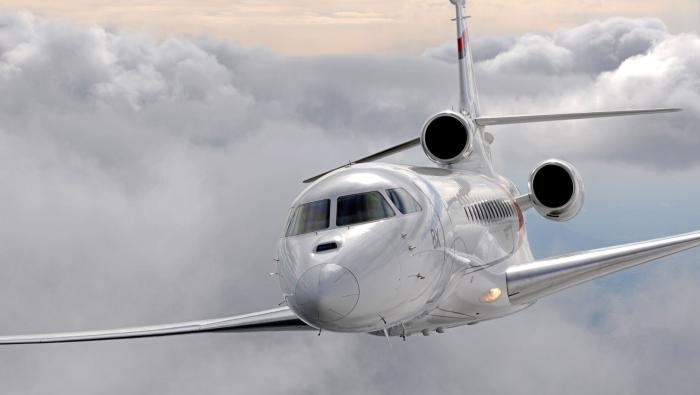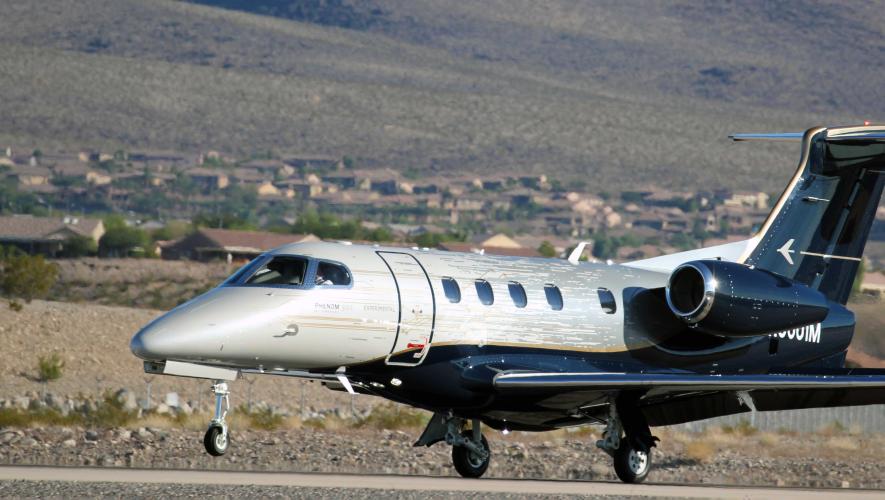As Bombardier moves forward as a “pure-play” business aviation company, it will remain focused on preserving and expanding market share, increasing its customer support and maintenance reach, and continuing efforts to improve sustainability. But, speaking during an Aero Montreal International Aerospace Innovation Forum virtual session Monday, Bombardier CEO and president Eric Martel reiterated that the company’s business aviation lineup just went through a refresh. Thus, new aircraft or significant aircraft updates are unlikely in the next five years.
Beyond that timeframe, he was not ready to say where Bombardier may be investing, except to say that the venerable Challenger line might be poised for an update. Other products, however, would be dependent on technologies such as engines, Martel added.
When asked about all-electric possibilities, he said that depended on the vehicle. Smaller vehicles designed for short hops are more possible. Long-range, international aircraft may be years, if not decades away, he added.
Martel in November had reported that the pandemic had taken a toll on the company’s financial footing and likely would result in a debt load of $4.5 billion once Bombardier sells its remaining non-business aviation units. However, he had said he anticipated that the company could manage that debt, in part, with lower capital costs. Such investments would be “very minimal because we've refreshed our product line pretty much across the board."
He reiterated those sentiments on Monday saying reinvesting in the aircraft lineup “would be challenging and maybe not feasible right now at this stage; we need to rebuild our balance sheet.” However, with the recent upgrades of the Global lineup, including the new Global 5500 and 6500 and the addition of the 7500, Martel expressed confidence that the company is well-positioned to compete over the next five years with the current portfolio.
He noted that segment represents about $13 billion a year, with Bombardier capturing a 29 percent share. Gulfstream has 42 percent of it today, he said, but expressed the belief that with the Global 7500 flagship ramping up, “we are clearly in a place and, to catch up and maybe even do better than downstream in terms of market share revenue. So, we are well-positioned product-wise.”
Also, Bombardier’s installed base of just under 5,000 airplanes represents “a huge potential” for maintenance. We know that the maintenance business for us is a lucrative piece of our business,” he said, and is an area that the company wants to grow and create a different revenue mix, easing the reliance on aircraft sales.
At the same time, he said, Bombardier also plans to focus on reducing the environmental footprint, including lowering emissions. Martel pointed to sustainable alternative fuels as a key means toward that goal, but also said new technologies, such as wing design, are important.
As far as the transition from a cross-industry to a solely business aviation company, Martel said, “I feel pretty good with what we are and where we are,” and added that a more focused company will help Bombardier better decide where to spend its capital investments. “This is a smaller company, but not a small company either.”







